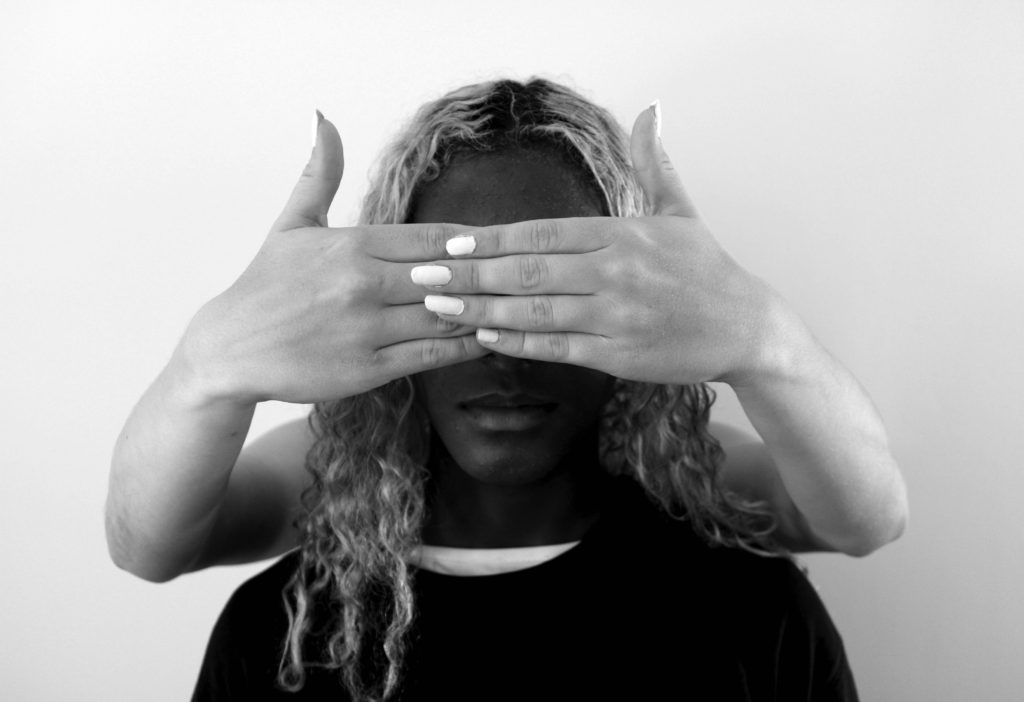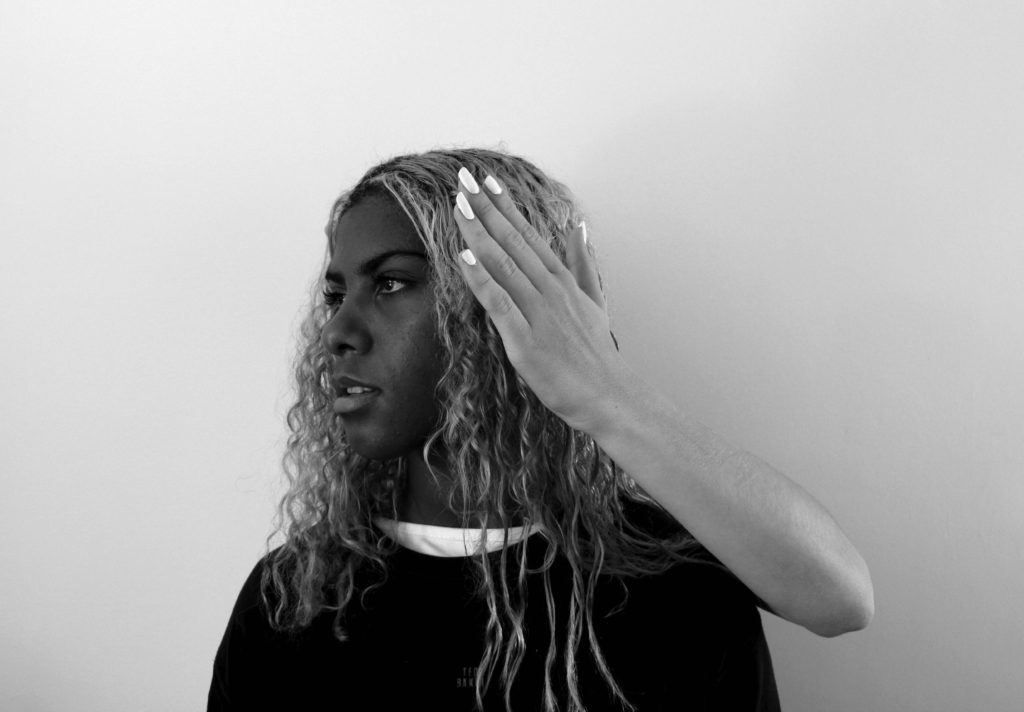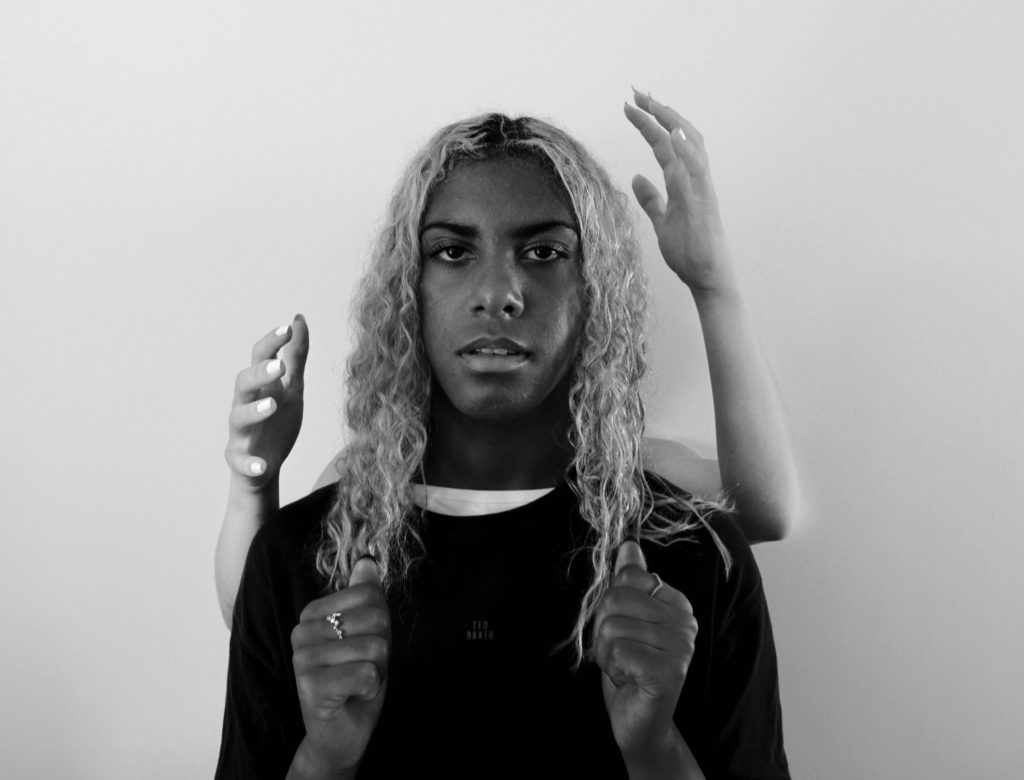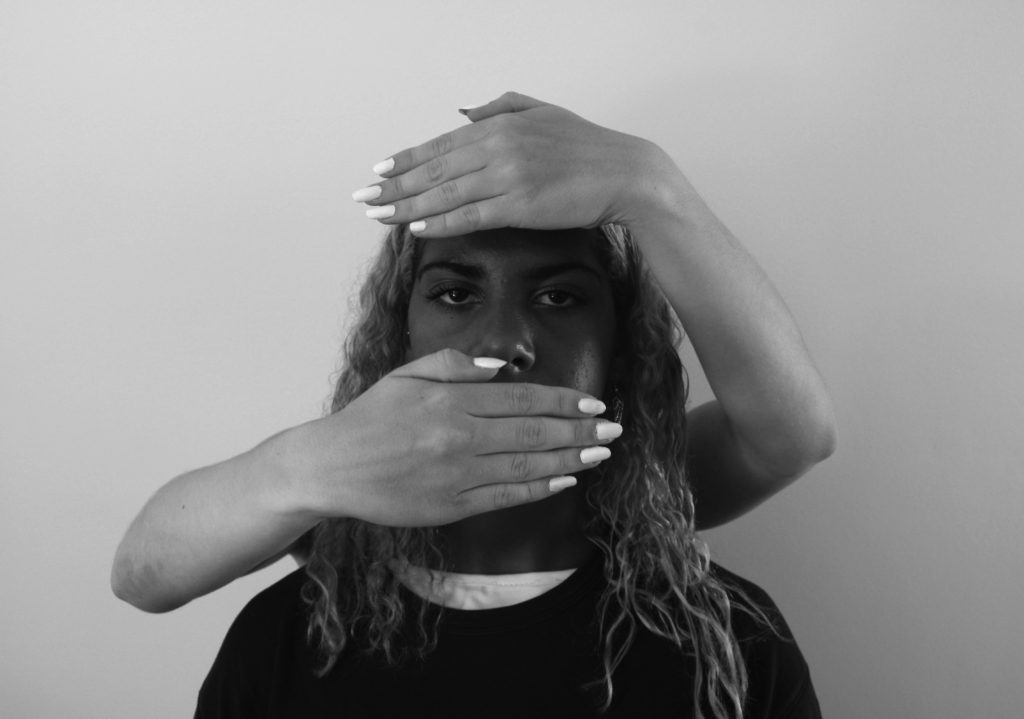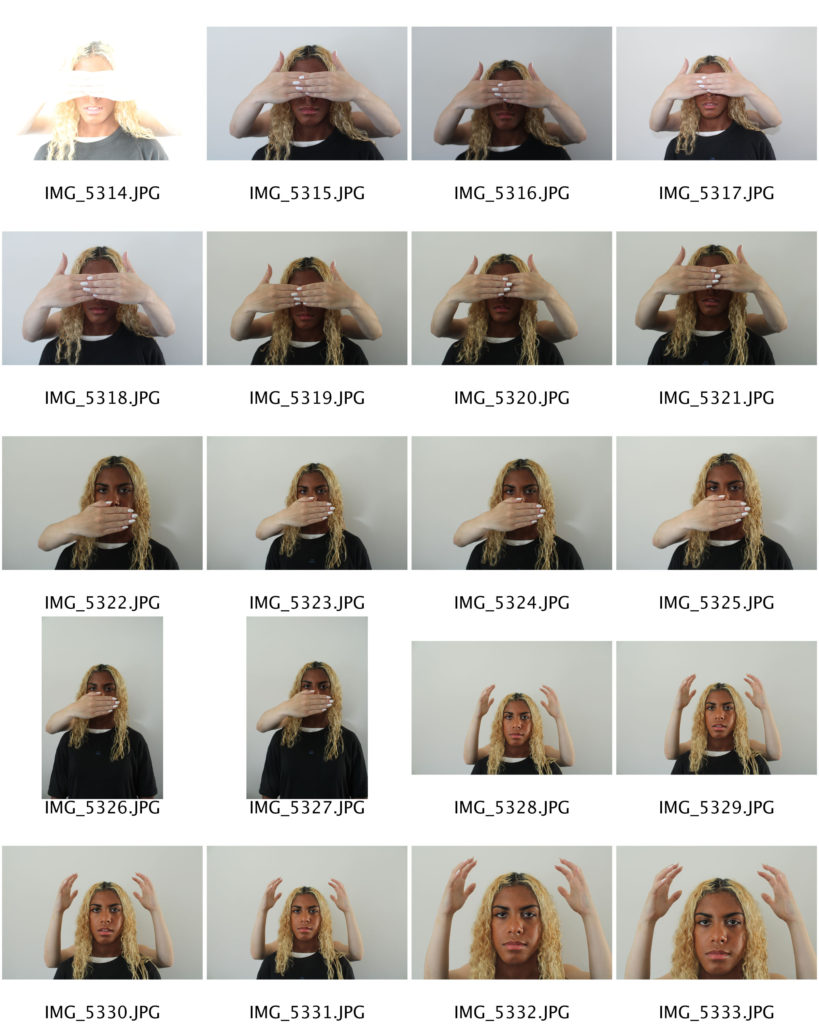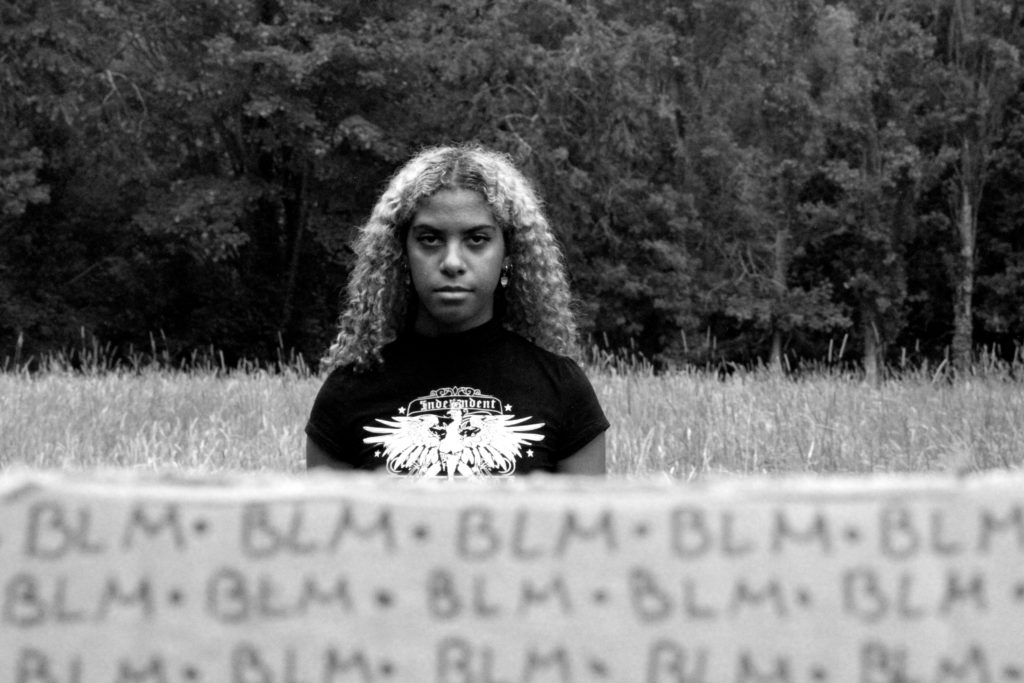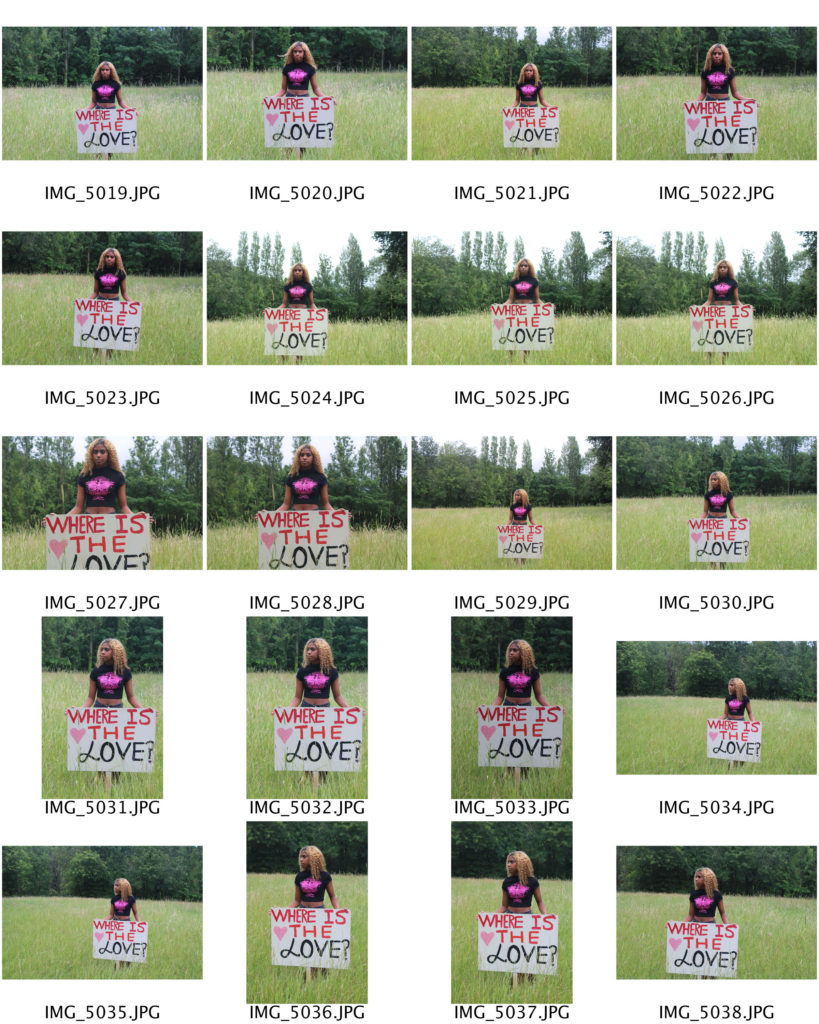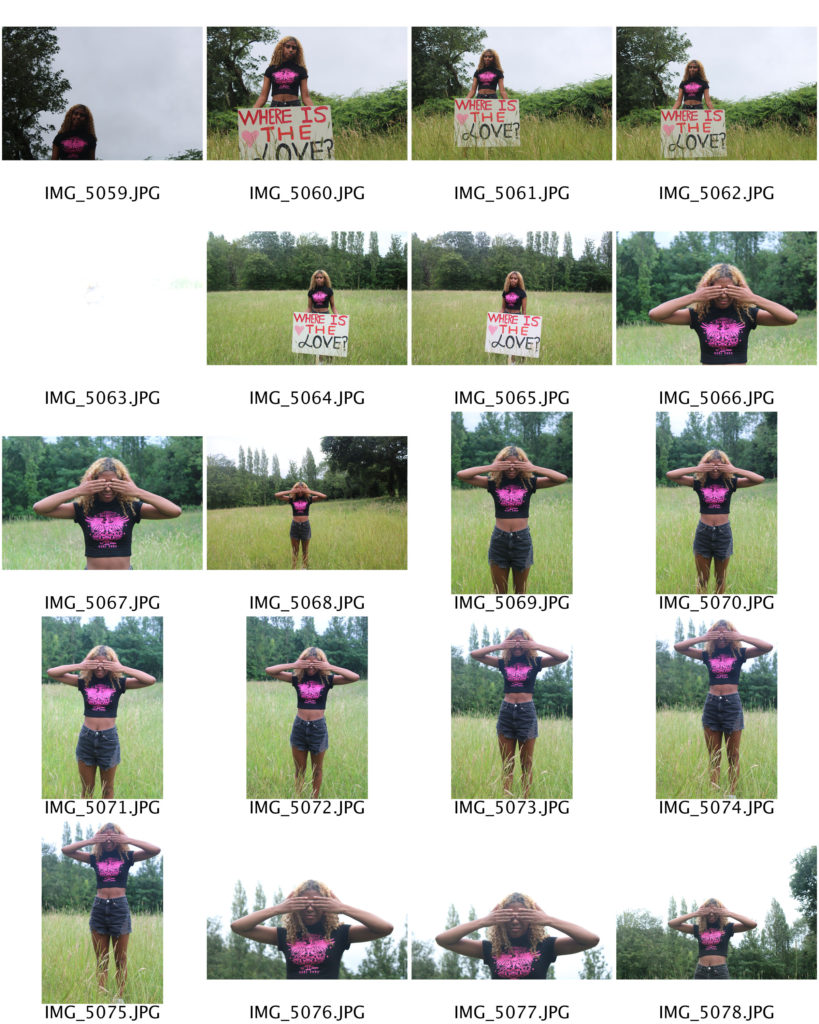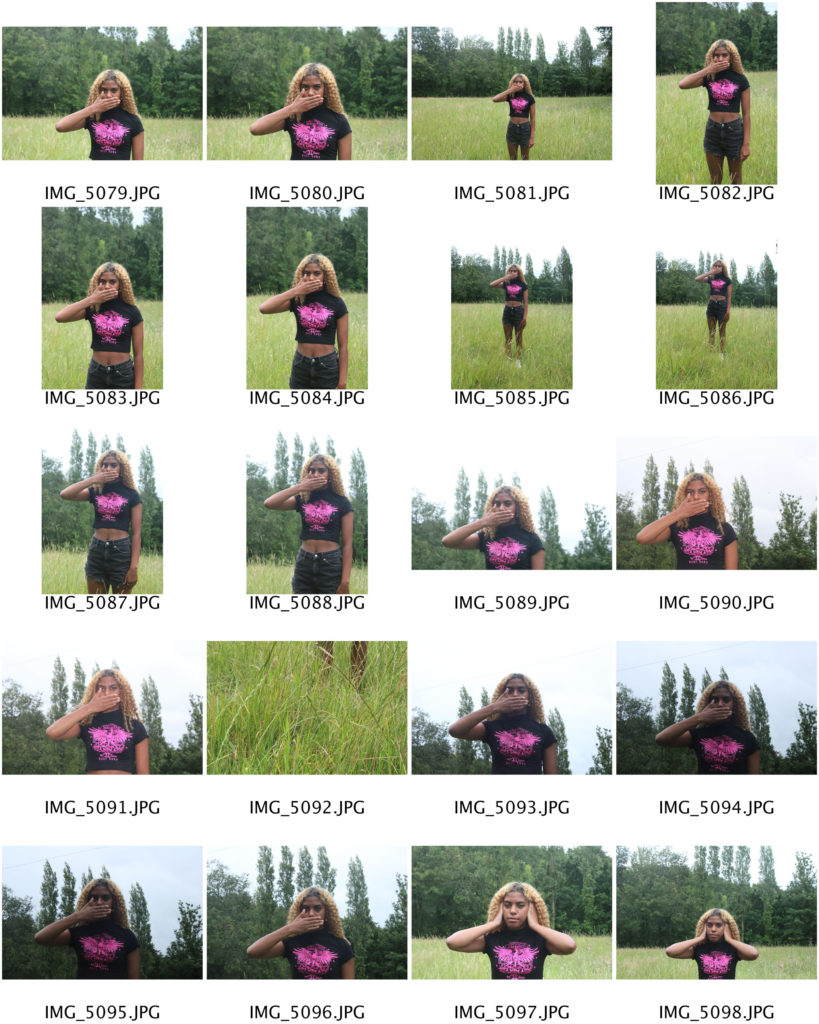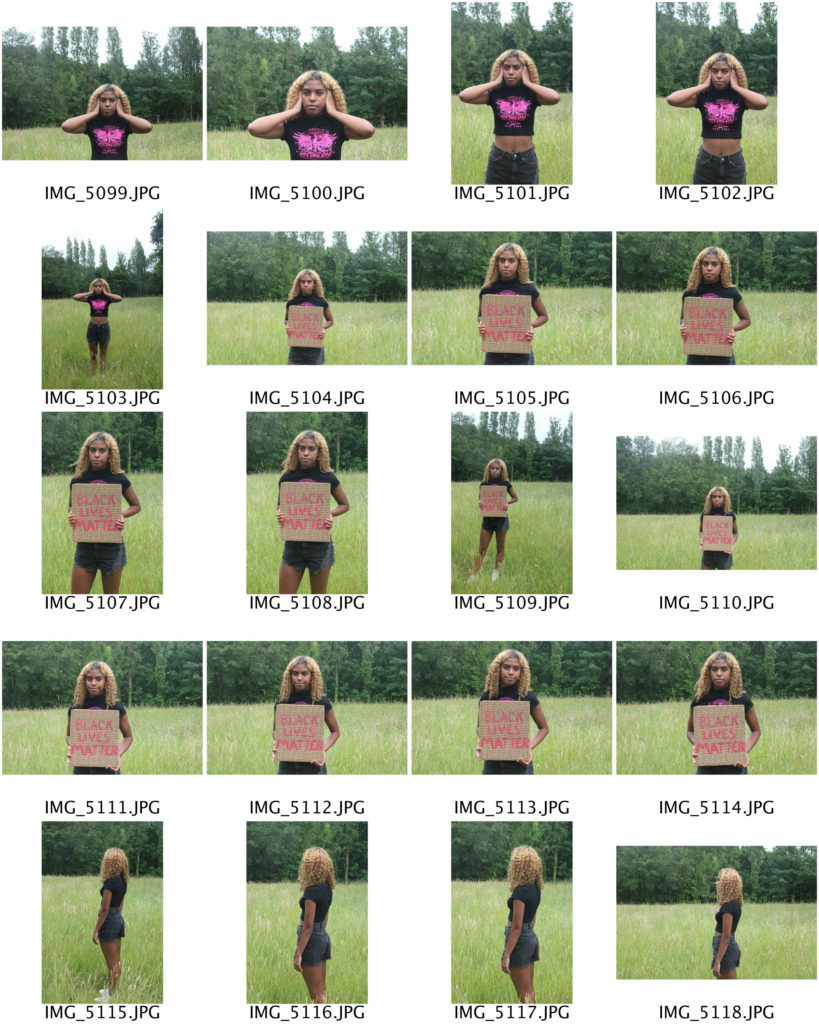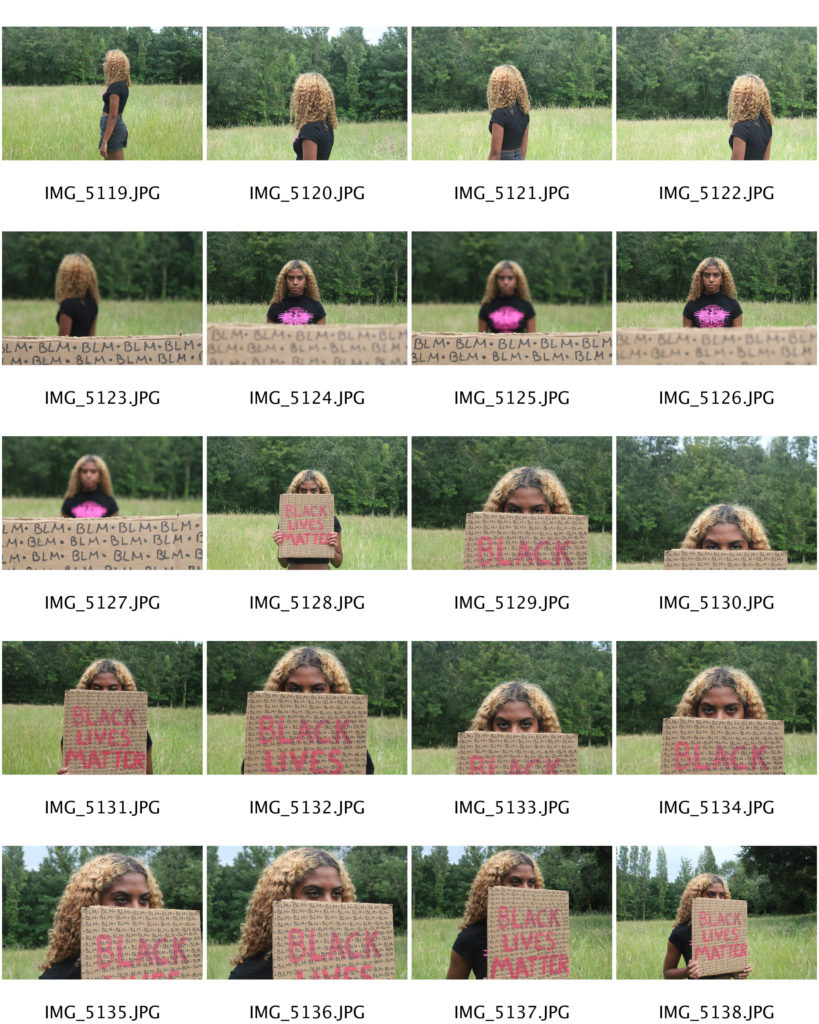The term iconic is defined as ‘very famous or popular, especially being considered to represent particular opinions or a particular time’. An iconic image is created when there is strong social value and social history relating to the image. The way a photo is taken can also determine whether an image becomes iconic or not.

The image above, Guerrillero Heroico is taken from a low angle making him appear powerful and important. The use of black and white film creates a serious tone due to the contrast and the focus on the face captures the viewers’ attention. This image was cropped from the original which had other features in the surrounding area. This cropped image enables us to focus on the subject and disregard any possible distractions, making it more memorable. The fact that he died young having been captured in Bolivia when fighting for his cause in the revolution adds to the meaning of this photo perhaps making it more iconic.
In Susan Bright’s article, she states the ‘Image transformed from a would-be news photograph to a global symbol of rebellion.’ This adds social value to the image as society spread this image to make it their global symbol of rebellion. However, Susan Bright also says: ‘Divorced from its original context, the initial meaning and substance become more diluted and the image today works almost purely as graphic icon.’ This suggests the image is no longer iconic due to its history, the meaning of this image is lost overtime. The history is not necessarily known, it gets lost along the way however the image itself becomes an icon on its own.

This image could be argued as iconic for multiple reasons, one of which being its political background and what it stands for. This image was taken during a Black Lives Matter protest. It represents unity, they are all standing for what they believe in. It creates a strong message of empowerment. Our eyes are drawn to the centre of the image where we witness human kindness during a scene of chaos and anger. This image spreads a message and shows the protest making others aware of what is happening, highlighting the importance of the cause. It has strong social value. The Black Lives Matter movement is very apparent in society today with many people standing up for black lives. This can be spread through society showing the importance of unity. This image can also be iconic as it breaks stereotypes about violence. This peaceful protest has turned violent because of the authorities. This shows society who is in the wrong and that people of all backgrounds and cultures can come together to fight for one cause.

This image can be considered iconic as it provokes emotion. The focal point in the image is the small child in the foreground. Some may say the image is disturbing due to the size of the child, being able to see their ribs with the bird of prey in the background. It makes the viewer think about how unfortunate some places are, the fact that a child was photographed makes the image more dramatic. This is because children represent innocence and vulnerability creating more sympathy from the viewer. The way this child was photographed, curled on the floor with the bird angled behind the child creates an upsetting and shocking feeling, it is not something you forget, therefore making it iconic. The social value of this image is high as it teaches the viewer of other cultures and less fortunate parts of the world, educating them and maybe even encouraging them to want to create change by helping.
I feel an iconic image has to consist of strong emotion, meaning and social value. Emotion creates feeling and attachment to an image making it feel important. If it has meaning its more likely to stick in your mind and spread a message. Finally, if it has social value it will become a part of society and it will be recognisable and meaningful to a large group of people.

